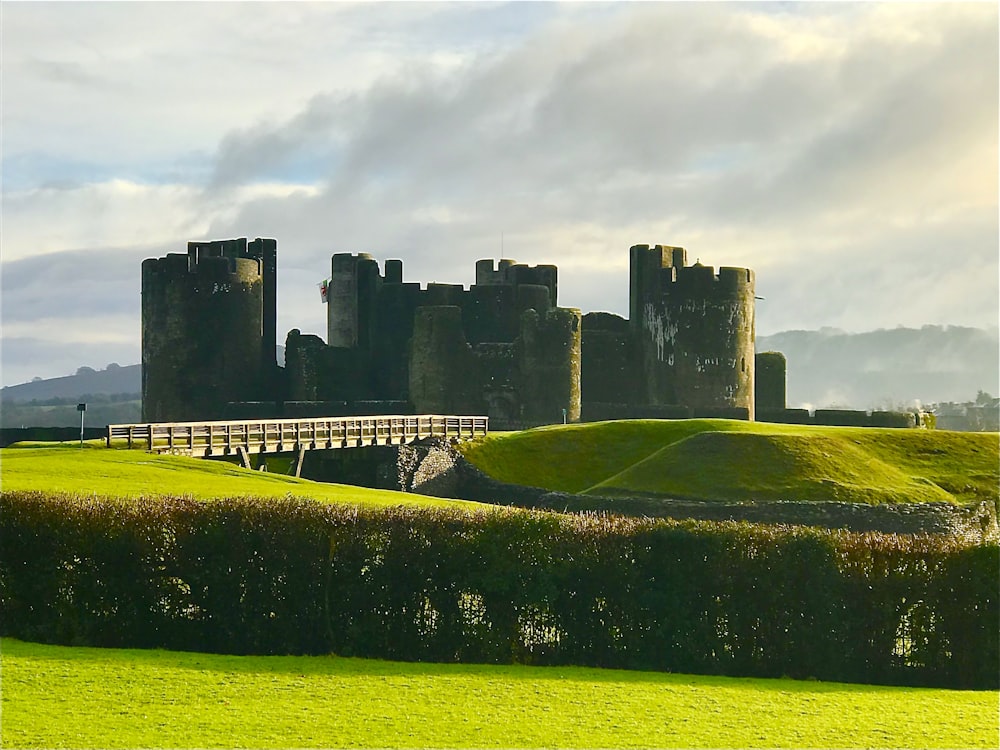Unveiling Norman Architecture A Timeless Legacy Explored

Unveiling Norman Architecture: A Timeless Legacy Explored
A Glimpse into History
Norman architecture stands as a testament to the ingenuity and artistry of its time, offering a window into the medieval world. As we delve into its history, we uncover a legacy that has left an indelible mark on architectural design, from the grand cathedrals to the sturdy castles that dot the landscapes.
The Influence of the Normans
The Normans, with their roots in Normandy, France, made their mark across Europe, especially in England after the Norman Conquest of 1066. This conquest brought about a merging of architectural styles, blending Norman influences with the existing Anglo-Saxon and Romanesque traditions.
Characteristics of Norman Architecture
One of the defining features of Norman architecture is its robust and solid construction. Norman builders were known for their use of thick walls, rounded arches, and sturdy pillars, all of which lent a sense of strength and durability to their structures. This style is evident in the iconic Norman keeps and fortress-like churches.
The Majesty of Norman Cathedrals
Norman cathedrals, such as Durham Cathedral and Norwich Cathedral, are among the most magnificent examples of the style. With their massive pillars, intricately carved doorways, and soaring vaulted ceilings, these cathedrals are awe-inspiring testaments to the faith and craftsmanship of the era.
The Towering Keeps of the Normans
Norman castles, with their imposing stone keeps, served as both defensive fortresses and symbols of Norman power. These towering structures, such as the White Tower of the Tower of London, were built to withstand sieges and deter invaders. Inside, they housed the living quarters of the nobility, complete with great halls and chambers.
The Elegance of Norman Romanesque
Within Norman architecture, we find the Romanesque style, characterized by its rounded arches, decorative carving, and ornate detailing. This style is exemplified in the intricate stonework of Norman doorways, where Biblical scenes and symbolic motifs are brought to life in stone.
Norman Influence Across Europe
The influence of Norman architecture extended far beyond England. In Italy, the Normans left their mark with structures like the Cathedral of Monreale in Sicily, a masterpiece of Norman-Arab-Byzantine fusion. In France, the Abbey of Jumièges showcases the grandeur of Norman Romanesque.
The Enduring Legacy
Today, the legacy of Norman architecture continues to captivate and inspire. Its influence can be seen in the Gothic cathedrals that followed, as well as in the revival of interest in medieval architecture during the Victorian era. From the grandest cathedrals to the humblest parish churches, Norman architecture remains a timeless legacy of the medieval world.
Exploring Norman Architecture Today
For those who wish to explore the wonders of Norman architecture firsthand, there are countless treasures to discover. Whether visiting the majestic Durham Cathedral, exploring the battlements of Dover Castle, or marveling at the intricate stonework of a Norman church doorway, each encounter offers a glimpse into a world of history and beauty.
Preserving the Past for Future Generations
As we continue to uncover the secrets of Norman architecture, it becomes clear that its preservation is crucial for future generations. Efforts to conserve and protect these historic structures ensure that the legacy of the Normans will endure for centuries to come, allowing us to continue unveiling the timeless beauty of Norman architecture. Read more about norman architecture





![Unlocking Real Estate Success [Company Name] Unlocking Real Estate Success [Company Name]](https://images.unsplash.com/photo-1583142499515-db3e66a57bdc?fm=jpg&q=60&w=3000&ixlib=rb-4.1.0&ixid=M3wxMjA3fDB8MHxzZWFyY2h8N3x8cmVhbCUyMGVzdGF0ZSUyMGludmVzdG1lbnQlMjBjb21wYW55fGVufDB8MHwwfHx8Mg%3D%3D)


